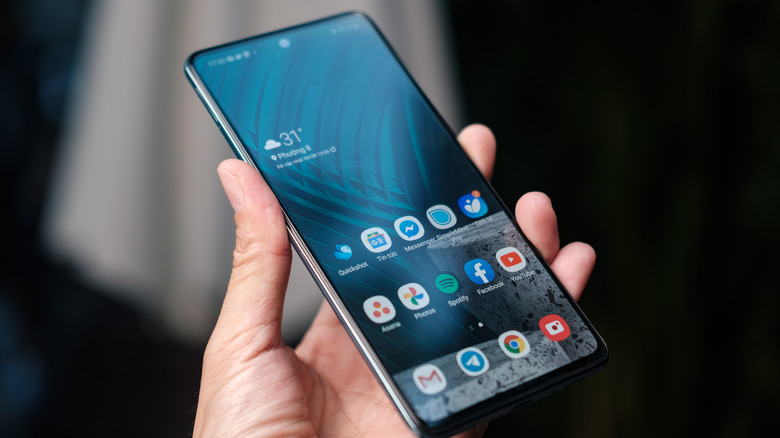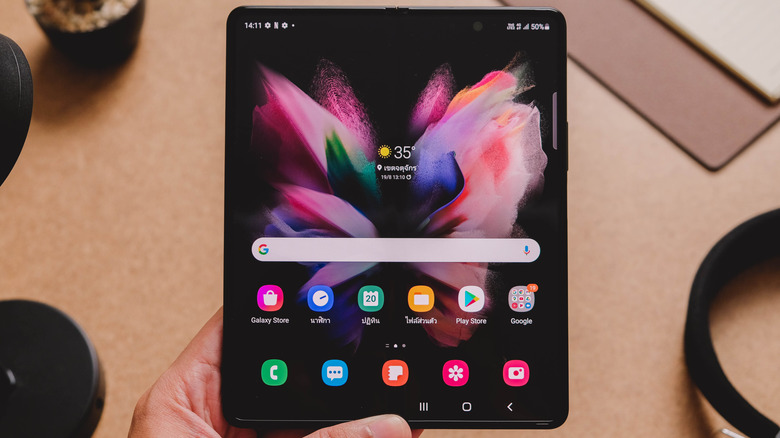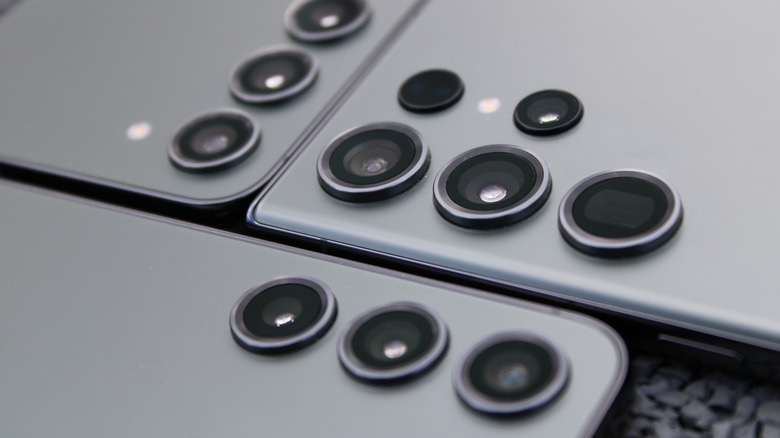AMOLED Screens Explained: How They Work, And Are They Worth The Price?
There's no shortage of different display types to choose from. LCD, QLCD, AMOLED, and OLED displays are all commonplace in modern tech. However, it's essential to know that each one of these has its pros and cons.
For many, an OLED (organic light-emitting diode) screen is their preferred display type. That's because OLED inherently functions differently from traditional LCDs, and with that comes some critical benefits. LCD screens produce color via an RGB mesh backlight that is always on when the device is on. On the other hand, OLED displays produce light for each individual pixel on the screen via millions of microscopic LEDs.
AMOLED (active-matrix organic light-emitting diode) is a step above OLED screens, improving the tech in several ways. This premium display type was out of reach for many for a long time due to its price. Although it's still not cheap, it is significantly more affordable. At the end of the day, whether the hefty price tag for an AMOLED display is worth it is subjective. But here are the advantages and disadvantages of the display so you can make an informed decision for yourself.
Advantages of an AMOLED screen
One of the biggest perks an AMOLED display provides is its long battery life. Because it has no always-on backlight, it saves energy when it does not have to produce unused pixels, making it a solid choice for portable devices like smartphones. Additionally, these displays can produce a higher contrast level for the same reasons. This provides more vibrant colors and deeper blacks for improved image quality.
AMOLED tech is also tiny. This means it can fit in a thin casing. So, devices using these displays are often thinner than ones using IPS or LCD. Because AMOLED screens use active-matrix technology, they can provide a higher refresh rate and superior motion blur reduction than standard OLED screens. These displays also offer a superior range of viewing angles.
An AMOLED display is a solid choice for those using their devices before bed. Because they produce less blue light, the strain on your eyes is reduced and can help you fall asleep faster as it won't convince your brain it's daytime.
Disadvantages of an AMOLED screen
Many people have avoided AMOLED displays due to their high production costs. Higher production costs mean you have to shell out extra dough to get an AMOLED display. Another drawback of an AMOLED screen is that it can degrade over time. Because these displays use organic material, they are prone to developing burn-in and color distortion.
AMOLED displays also struggle when faced with direct sunlight. Because they do not have a dedicated backlight, they cannot reach the same levels of maximum brightness as something like an LCD screen.
However, Samsung does have tech that is said to combat this issue, called Vision Boost, and it has already rolled out on the Galaxy S9 line of tablets. Samsung claims that this tech combats ambient light by automatically adjusting the tone mapping of the display to improve visibility. But at the time of writing this, this technology is not widespread, and it's unclear if it will even catch on.


